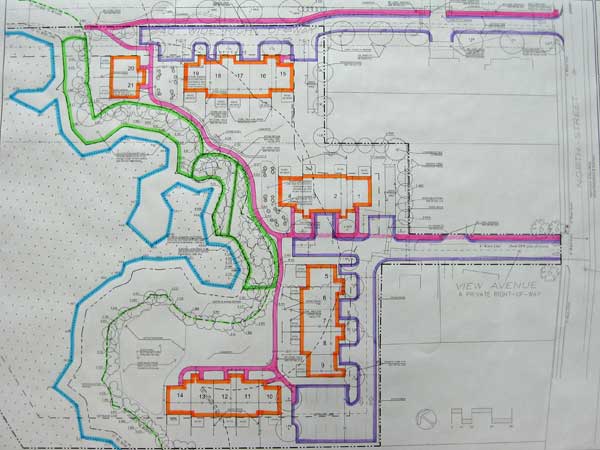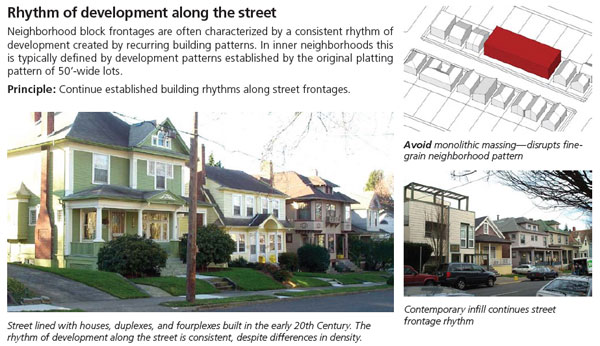North Street gets fresh support from across town in Virginia Schulman’s letter published in today’s Gazette:
Defending rights of North Street neighbors
…I live on South Street, which used to have a lovely little wooded area at the corner where it forks into Old South and New South. In my opinion, destroying that woods to allow “infill” was a very bad decision. And there’s a lot of research to the effect that we human beings actually need natural views in our lives, even in a downtown.
In my view, “mixed development” and “future needs” do not require the city to allow the destruction of a traditional neighborhood, especially when that neighborhood already contains mixed development in the form of houses of varied ages and sizes, and when that neighborhood’s residents are letting the city know in every way possible that they don’t want their neighborhood destroyed.
See also:
Video: Planning Board Reviews the Latest Kohl Condo Proposal on 5/14/09
Proposed 21 units off North Street centered around View Avenue (download high-resolution JPEG)

Planning Board Debates Kohl Condo Density – Quotes from the March 26 Hearing
Any design multiplied 23 times would not be in
harmony with the neighborhood, which is characterized by the diverse appearance of its homes.
Boston Globe: “How the city hurts your brain” (1/2/09)
City life can also lead to loss of emotional control. Kuo and her colleagues found less domestic violence in the apartments with views of greenery. These data build on earlier work that demonstrated how aspects of the urban environment, such as crowding and unpredictable noise, can also lead to increased levels of aggression. A tired brain, run down by the stimuli of city life, is more likely to lose its temper…
Greening Smart Growth: The Sustainable Sites Initiative
Photo Essay: 10 Reasons People Like Trees Around Them; Will the Sustainable Northampton Plan
Put Urban Trees at Risk?
“Planning for Trees” by Henry Arnold, Planning Commissioners Journal, January/February 1992
A
recent survey by the American Forestry Association of twenty American
cities found that, on average, only one tree is planted for every four
removed…
Our urban centers need to become more attractive to
help counter the continuation of a sprawl pattern of development. If
the appeal of low density, widely scattered development is derived from
the need to be closer to nature, then making trees an integral part of
the urban habitat will help make our town and city centers more
desirable places to live and work. It is profoundly important to see
this linkage between making cities and towns more “liveable” and
stemming the continued spread of scattered development across the
countryside.
Rutherford Platt, “Regreening the Metropolis: Pathways to More Ecological Cities”
North Street Gets Support from South Street: A Letter from Virginia Schulman (9/4/07)
Letter to Advocate: “Heartsick Over Noho” (8/30/07)
Our Ad in Today’s Gazette: “How to Avoid Classic Infill Design Mistakes” (5/6/09)
Portland’s experience with Smart Growth traces back to the 1970s. Its Bureau of Planning recommends preserving the cohesion of neighborhoods through strengthening existing patterns of “street-oriented buildings, fine-grain ‘rhythms’ of development, and green street edges created by front yards and gardens.” Portland values preserving established building setback patterns and the relationship of buildings to grade level, and avoiding disruptive “monolithic massing”.
Portland Infill Design Strategies: Best Practices for Context-Sensitive Infill Design
